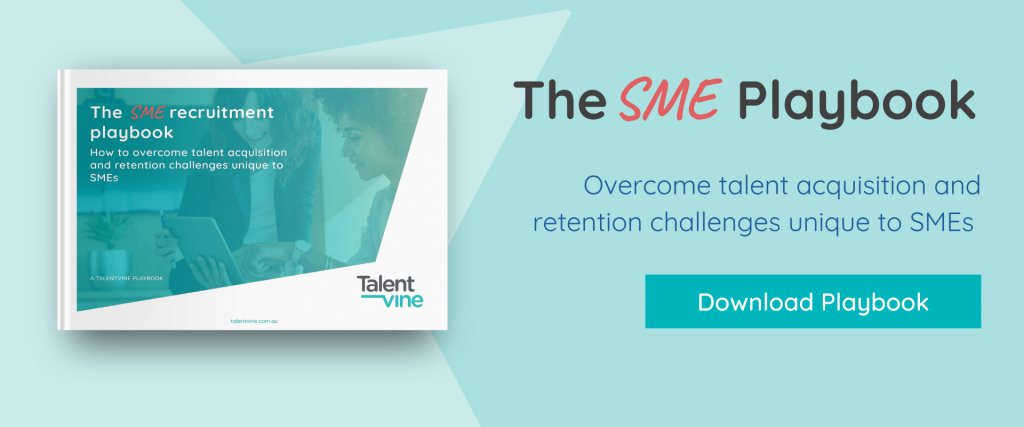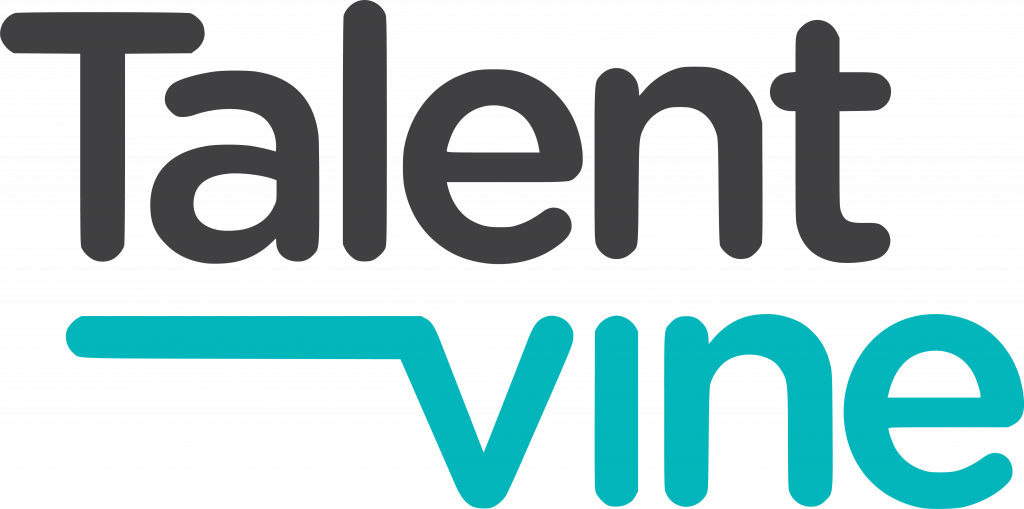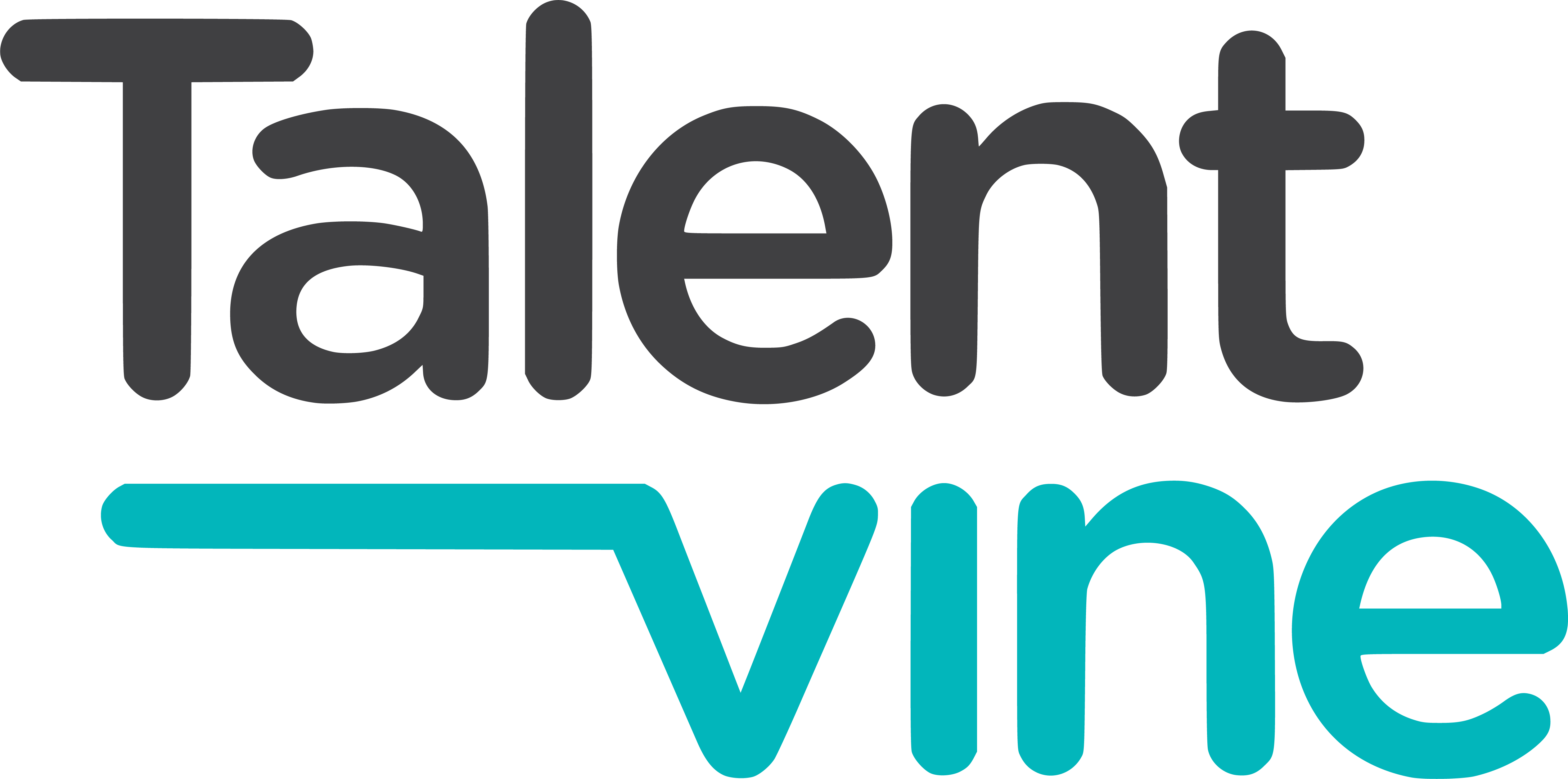For an incredible candidate experience, leading companies know that they need to roll out the red carpet when it comes to onboarding new hires. Implementing a formal employee onboarding program helps with both retention and productivity, as it allows new recruits to hit the ground running. The onboarding process is critical for successful hiring and can make or break a candidate’s experience.
For hiring managers and TA specialists, there are a few steps you can take to ensure new hires are set up for success.
What is Employee Onboarding?
Before we get started, it’s important to define what employee onboarding actually looks like. It is the formal process of getting a new hire up to speed as soon as possible. The process should be designed strategically to ensure employees are informed and comfortable in their role.
Most onboarding programs have shortcomings. The same orientation material is circulated to every new hire, irrespective of their qualifications and career experiences. Organisations should incorporate an array of content that is tailored to the needs of each new hire as they learn the ropes.
Why is a Good Onboarding Process Important?
Implementing a comprehensive and adaptable onboarding process will ensure that you can get the best out of your new hires as soon as possible. In fact, HBR reports that companies with a formal onboarding process see retention among new recruits 50% higher than those without. This is a particularly relevant stat in the current market, with many candidates eager to change roles and a shortage of talent making retention more important than ever. HBR also reports that employers with a formal onboarding process see 62% greater productivity among new recruits.
A poor onboarding process can leave employees with less confidence in their new positions, lower engagement levels, and an increased chance of leaving. For these reasons, creating a good onboarding process is important for any organisation.
How To Create an Engaging Employee Onboarding Process
1. Set them up before the first day
First impressions are everything. Prepare everything that a new hire needs before the start date. The last thing you or the employee wants is for them to spend their first day organising a desk or waiting for their email to be set up. Other things to consider include any accounts they will need, a computer, or any specialist tools. If you’re unsure what they may need, talk to their direct report, or someone currently in the same position, to see what they will need day-to-day.
These pre-boarding actions can get candidates comfortable before their very first day and push them to go the extra mile!
2. Introduce them to the team
Fostering camaraderie is the key to establishing a cultural fit in an organisation. This doesn’t have to be limited by team or department either. Introducing them to everyone ensure that they can feel comfortable approaching others when needed, for example contacting IT support or HR. It also helps them feel valued, and provides a perfect opportunity to show them the office as well!
A welcome video from the founders or managing directors can also be a great morale boost. But you don’t have to make a fancy video – it only needs to be candid. And there is no need to wait until they start in the role. If you have any online or social events scheduled, invite the new team member to join in so they can start getting a feel for the culture before their start date.
3. Give your new hires a chance to unwind
It can be daunting for candidates to cope with the transition from their old employer to a new one. Organisations should prioritise getting them acclimatised with their new environment and responsibilities. It’s no use throwing them in the deep end, and the last thing you want is to scare them off when they’ve just started.
The first week or so should be dedicated to filling knowledge gaps and getting settled. Taking out the new hires to a team lunch on their very first week can help create a warm and welcoming environment.
4. Connect them with a mentor
Connect your new team members with trusted employees to act as a mentor to shadow. Try to pick someone familiar with the new hire’s role, or a similar one. A teammate is preferable to a manager as the new recruit will feel more comfortable asking simple questions, and helps them to feel like they are being looked after, rather than monitored.
5. Provide continuous support and feedback
Successful onboarding is not confined to the orientation day. It is a long-term and consistent process. Establishing progression updates and reviews will ensure that the new hire sails smoothly down the onboarding stream while helping them stay engaged and improve.
Celebrate wins and milestones, give feedback and, most importantly, receive feedback. Doing so will allow you to progressively refine and improve your onboarding process into the future, ironing out any kinks along the way.
In a market like today’s where talent is hard to come by, organisations need to focus on retention. A good onboarding process is one of the most important ways to do this. It can also help to boost productivity and ensures your new hires can get up to speed as soon as possible. This article has provided 5 tips to help you create an unforgettable onboarding experience and get your recruits started on the front foot.
Skip the search through CVs and get right to onboarding your new hire!









